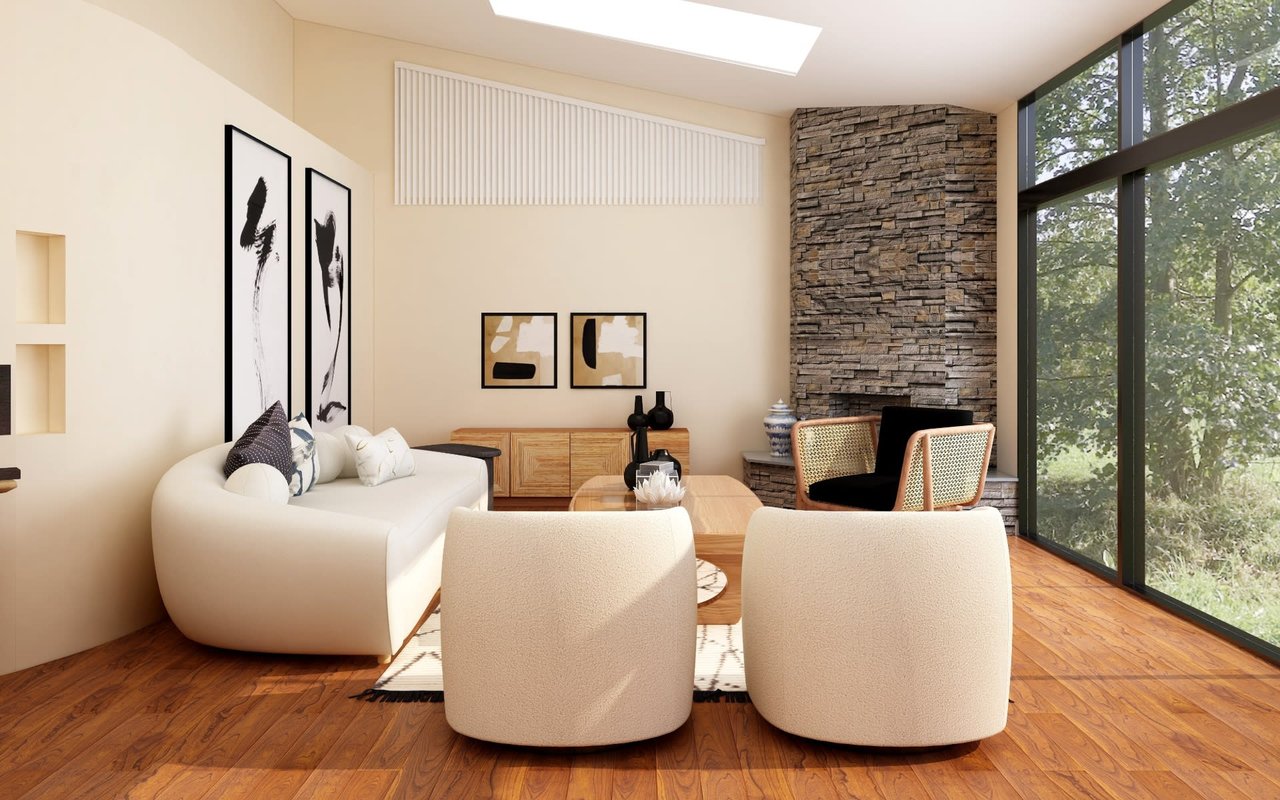During the past couple of years, the housing market has been red hot, and buyers often had to pay well above the asking price to have their offer accepted. Additionally, the transaction was all on the seller's terms. And while the housing market is still strong today, it has cooled off, giving buyers the opportunity to negotiate better price and terms.
Although buyers have more negotiating power today, mortgage rates have risen and as interest rates continue to move upward, more buyers are considering buydown methods to make homeownership more affordable. One way to navigate through this time is to use a program called a 2/1 buydown, which offers lower interest rates for the first couple of years.
The 2/1 buydown allows borrowers to pay more upfront while enjoying reduced interest rates for the first two years of their mortgage.
After the first two years, the rate will adjust back to the original rate. Instead of negotiating a lower price from the seller, you can request the seller to pay the cost of a 2/1 buydown. This gives you the opportunity to get the home of your dreams at a payment that is much more affordable, with the opportunity to refinance in the future to a very attractive rate.
What Is a 2/1 Buydown?
Mortgage loans available with interest rate reductions during the first two years are called 2/1 buydown programs. This means your interest rate will drop by 2% in the first year, 1% in the second year, and return to the full interest rate by the third year.
While a 2/1 buydown can be a great deal, borrowers must be able to afford monthly mortgage payments after the interest rate returns to its original rate.
How Does a 2/1 Buydown Work?
Buydowns are arrangements that allow borrowers to more easily qualify for mortgages with a lower interest rate. Some loans allow buyers to permanently lower their interest rates by paying for points from the lender. Meanwhile, a 2/1 buydown is a temporary decrease that lasts for two years and gives buyers time to save money.
Although the interest rate starts low, it increases over two years until it reaches its final rate in the third year. Lenders often require either the seller or buyer to pay an extra fee for this financing agreement, which can be used as an incentive by sellers or home builders to attract more buyers.
This payment can be set up as mortgage points or a lump sum that goes into an escrow account with the lender and is used to make up for the lower monthly payments made by the borrower.
If you have questions about the 2/1 buydown or If you’re thinking about purchasing a home or in the process of doing so, reach out to me today to learn more.

